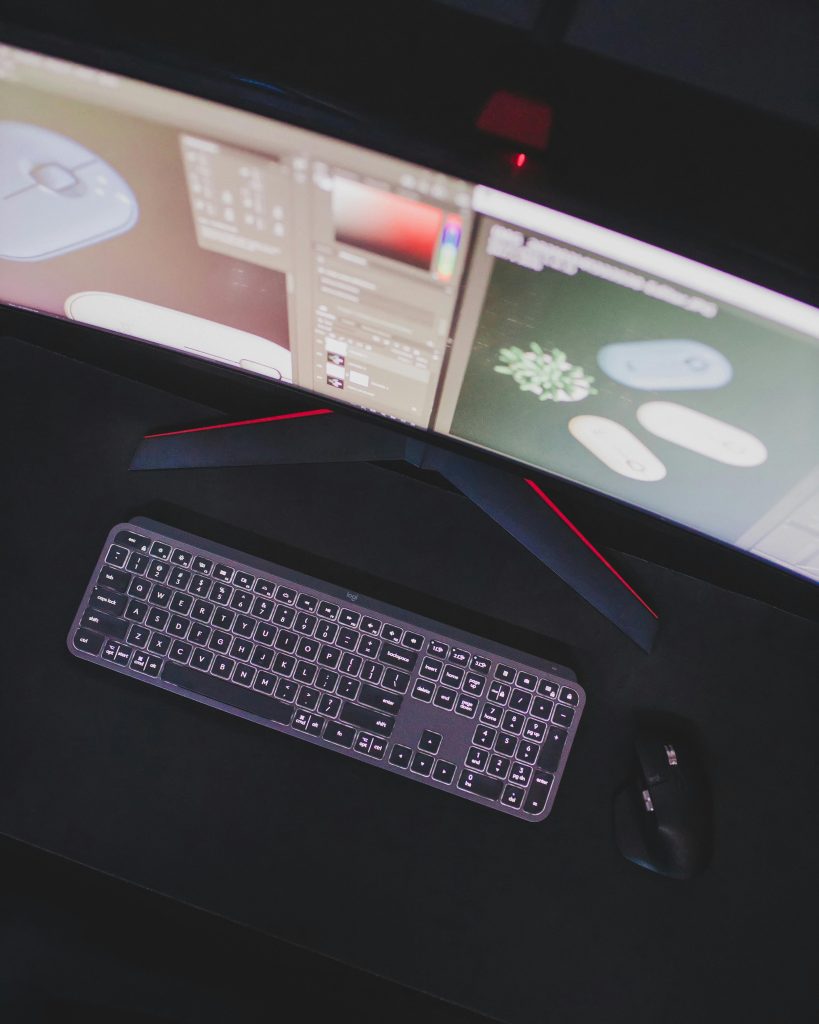Troubleshooting Graphics Card Issues: Sudden Screen Shutdown and Maxed-Out Fans
Experiencing hardware malfunctions can be both alarming and frustrating, especially when dealing with critical components like the graphics card. In this guide, we’ll explore a specific issue: a high-performance GPU, such as the NVIDIA GeForce RTX 3080 Ti, exhibiting sudden screen shutdowns coupled with fans ramping up to maximum speed, even when the system is idle or not under heavy load.
Understanding the Problem
This particular scenario involves the graphics card emitting a screeching noise during startup, followed by the screen turning off and the cooling fans spinning at full blast. Such symptoms suggest underlying hardware problems that merit a systematic diagnosis.
Potential Causes
Several factors could contribute to this malfunction:
- Power Supply Issues: Insufficient or unstable power delivery can cause the GPU to behave erratically.
- Hardware Damage: Physical damage, such as a failing VRAM, power circuits, or other internal components.
- Overheating or Thermal Stress: While less common during initial startup, thermal issues can also trigger shutdowns.
- Firmware or Driver Problems: Corrupted BIOS or outdated drivers may lead to instability.
- Faulty Connections: Loose or defective cables/interconnects.
Diagnostic Steps
To diagnose and address the problem effectively, consider the following steps:
-
Verify Power Connections
-
Check all power cables connecting to the GPU, ensuring they are seated firmly.
-
Use high-quality, capable power supplies compatible with the 3080 Ti’s demands.
-
Test on an Alternative System
-
As you mentioned, testing the graphics card in another motherboard is a positive step.
-
Ensure the testing environment has stable power and proper cooling.
-
Inspect for Physical Damage
-
Carefully examine the GPU for visible signs of damage, burnt components, or bulges in the capacitors.
-
Listen closely to the screeching sound during startup to identify if it originates from the GPU or another component.
-
Update Firmware and Drivers
-
Reset or re-flash the GPU BIOS if possible.
-
Install the latest GPU drivers from the manufacturer’s website.
-
Monitor Temperatures and Voltages
-
Use diagnostic tools such as HWMonitor, MSI Afterburner, or GPU-Z to observe temperature, voltage, and fan speeds.
-
Note any abnormalities during startup.
-
Consider Hardware Replacement
-
If diagnostic tests indicate hardware failure, replacing the GPU or affected components may be necessary.
- Given your
Share this content:



